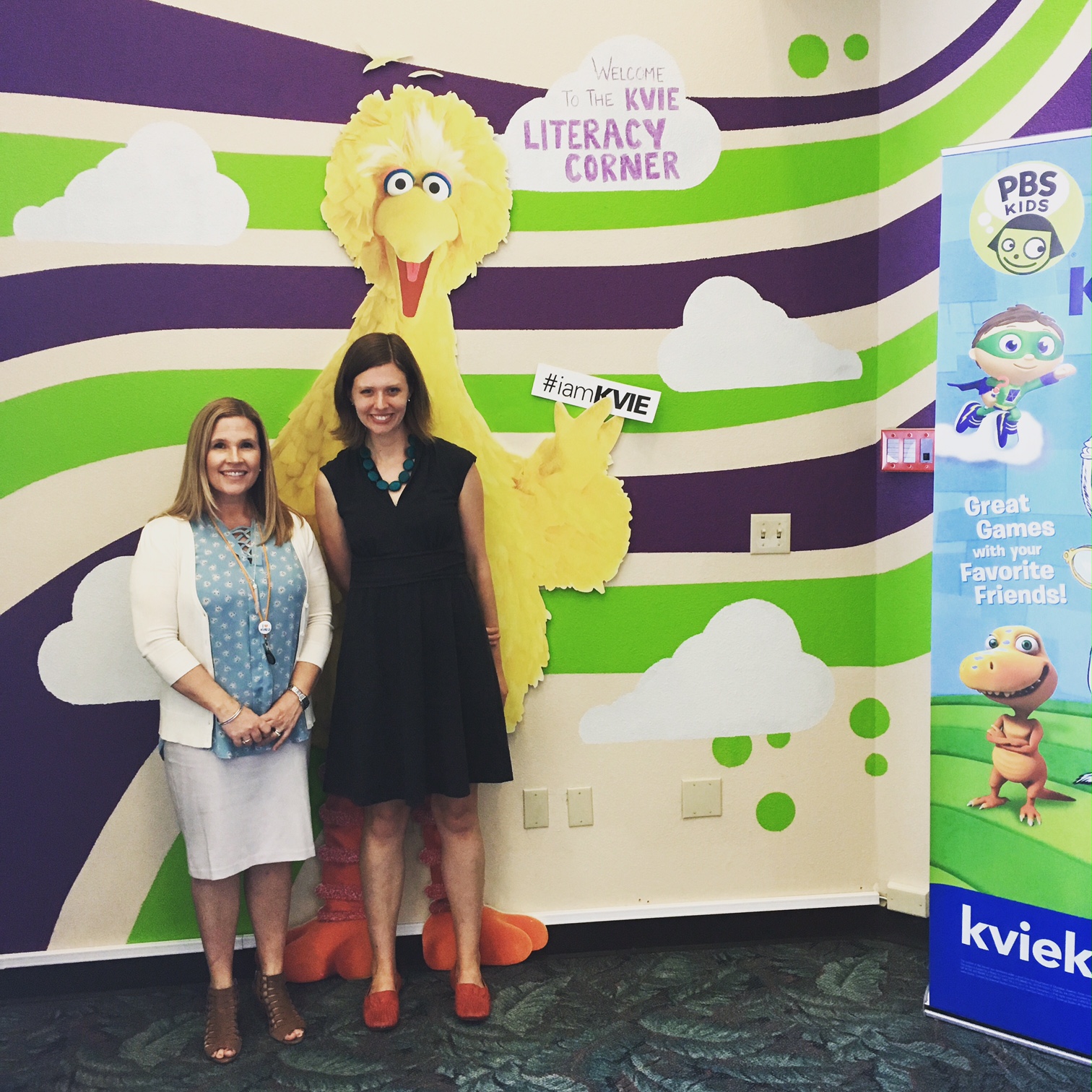
Get your FREE 30-day trial.
Please complete all fields.
In today’s employee market, companies are looking for creative techniques to retain employees.
Volunteer time off (VTO) is a popular benefit that not only engages employees but also gives companies a competitive edge. Although employees generally embrace volunteering, some companies have trouble getting started. Here are three challenges that can keep companies from fully adopting VTO programs – and how to overcome them.

Each of your employees is a community member and is already a part of a family, networks, and chosen causes. Encourage people to look to their immediate community, such as neighborhood associations or local schools.
Help volunteers find their cause:
Encourage employees to share volunteer opportunities internally
Have a go-to list of local nonprofits that could use help
Create and extend opportunities directly to employees to get them engaged. For example, work with an after-school program to bring kids into the office for employee coaching on careers, resumes, or college applications.
Focus on causes they care about. If employees love to hike, help them find trail maintenance opportunities. Make sure to track employee giving and volunteering, so your company can share new volunteering opportunities that match employees’ interests.

Companies will lose no more productivity from VTO than they do from PTO. Some suggestions:
Set clear expectations for how work will be covered. You expect your employees to come up with a solid coverage plan before they take PTO, and VTO is no different. Teams will likely be inspired by their peers’ volunteer activity and cover one another, whether it’s for a few hours or a few weeks. That said, managers should have conversations with employees about how work will be covered, so there are no surprises.
Trust the research. Not only will offering VTO not hurt productivity and revenue, it can actually boost the bottom line. Research shows that VTO can help retain employees while losing an employee can cost tens of thousands of dollars, making VTO an effective method of employee retention.
Employees may be hesitant to take VTO for a number of reasons. It’s possible they don’t believe that it’s okay to do so. Or perhaps they don’t know where to start. Here are a few tips:
Lead by example. If senior leaders take VTO, that sends a message that taking time to serve others is encouraged.
Instill volunteering in the company culture. Employees are willing to spend more time doing volunteer work when the organizational culture is healthy and when they enjoy recognition among their peers. Post photos, stories, and employee names of those who volunteered, so they are recognized for their contributions.
Make volunteering easy and convenient. Host a company-wide half-day or day-long activity. Local food banks or shelters are a great place to start.
Incentivize volunteering. Consider company-specific incentives:
Dollars for doers: Offer dollars per hour spent volunteering, then let employees donate this money in addition to their time
Matching: Challenge senior leadership or your board to match every hour spent volunteering
Points: Create a competitive atmosphere where you have a total number of hours your company is trying to achieve, and report on this in quarterly meetings.
Start small. Offer 4-8 hours a year to start, and gauge interest; if people use their hours, consider offering more the following year.

Companies are finding success with these methods. Gas South, an Atlanta-based natural gas provider, launched a volunteer program, and within a year, employee attrition decreased from 27% to 19%.
Creating a VTO program that sticks requires a good deal of creativity, communication, tracking, and some project management. Most important, it requires a desire to create a culture that celebrates volunteering and giving back. Companies that are ready to embark on a VTO program don’t have to start from scratch, and they don’t have to do it alone. Salesforce.org Philanthropy Cloud can help. Working in partnership with United Way, Philanthropy Cloud offers a marketplace of all nonprofits in the U.S. and Canada that enables employees to find donation and volunteer opportunities and helps administrators track and manage volunteer time, employee giving, grants, and matching. It also serves as the single source of communication for all things giving-related, allowing companies and employees to create giving and volunteering campaigns and share their experiences.
Need statistics to help make the case at your organization? Download this report by Povaddo that surveyed Fortune 1000 employees about their attitudes to employee giving, volunteering, and CSR.